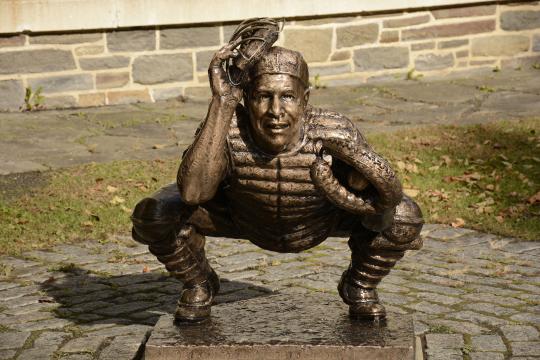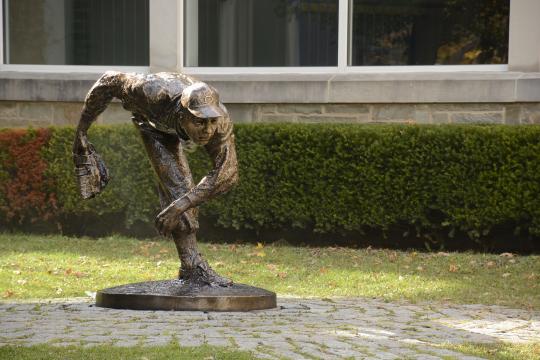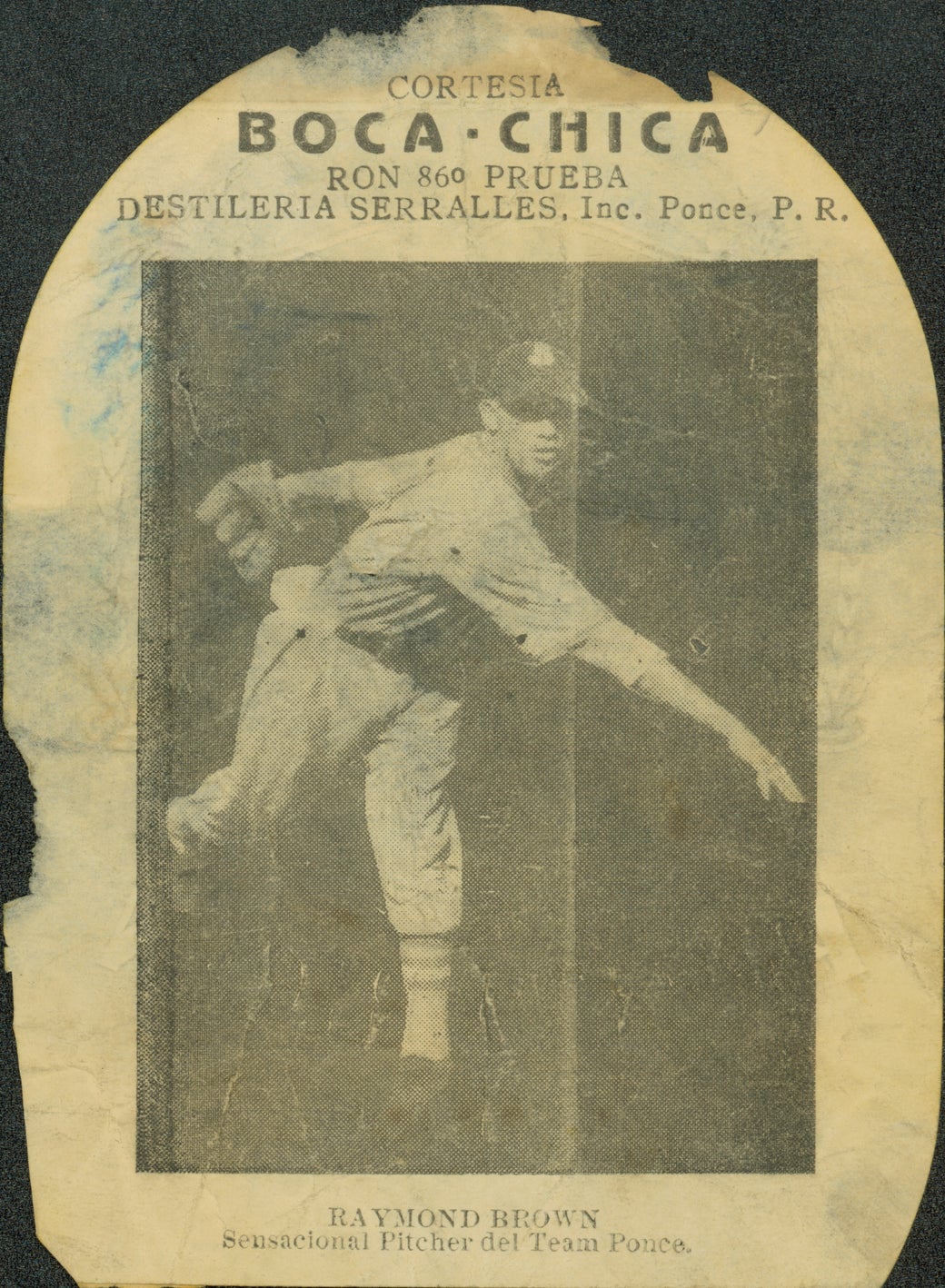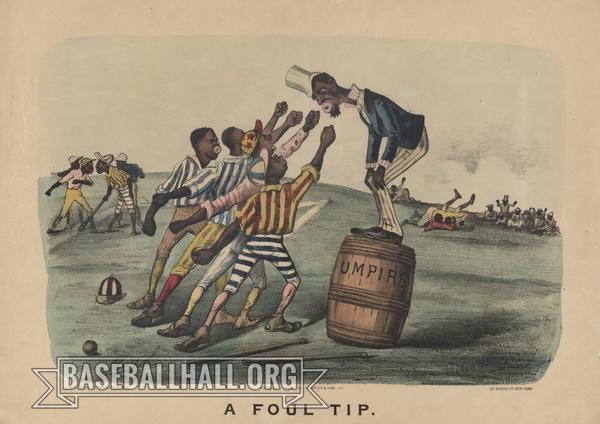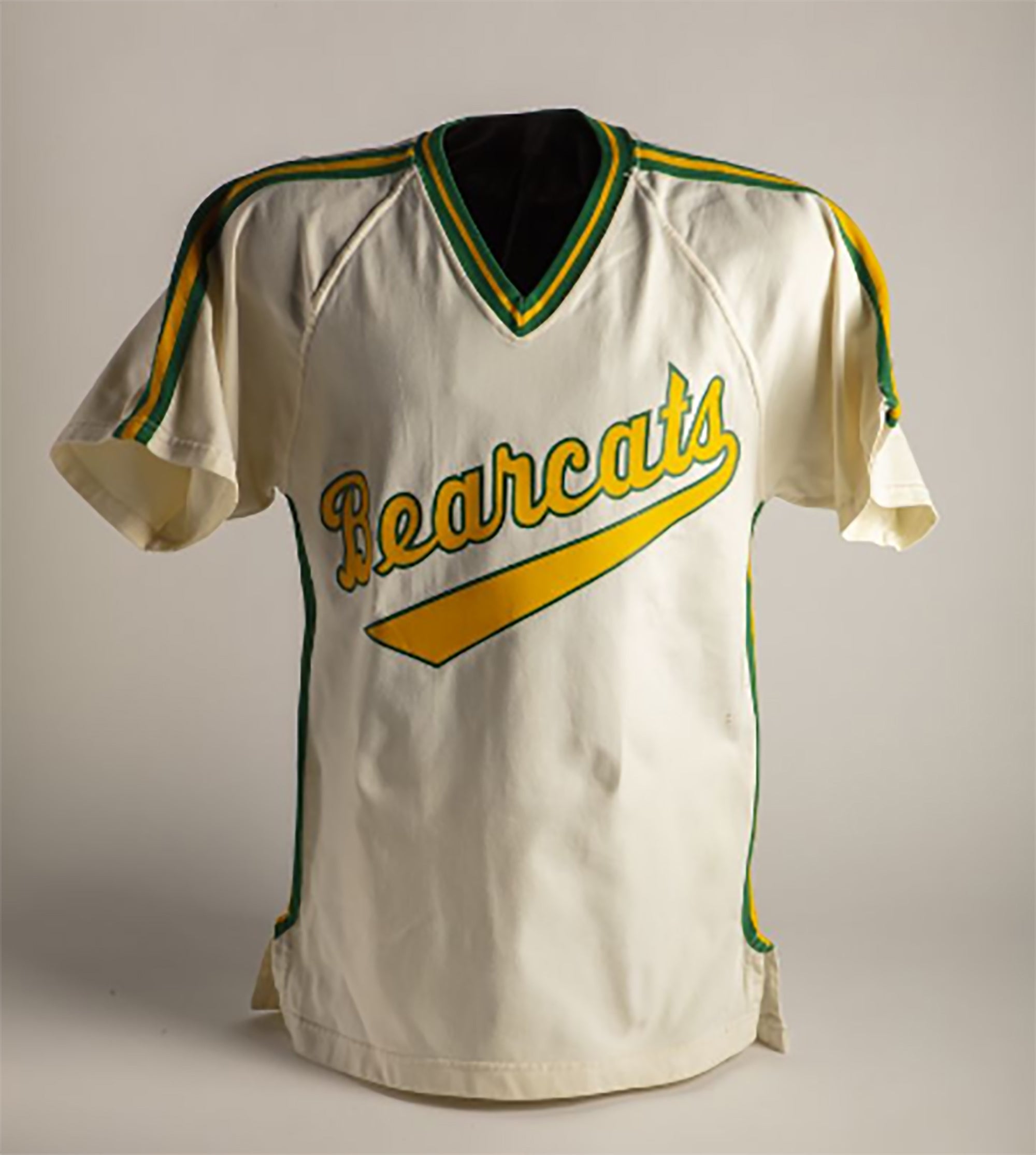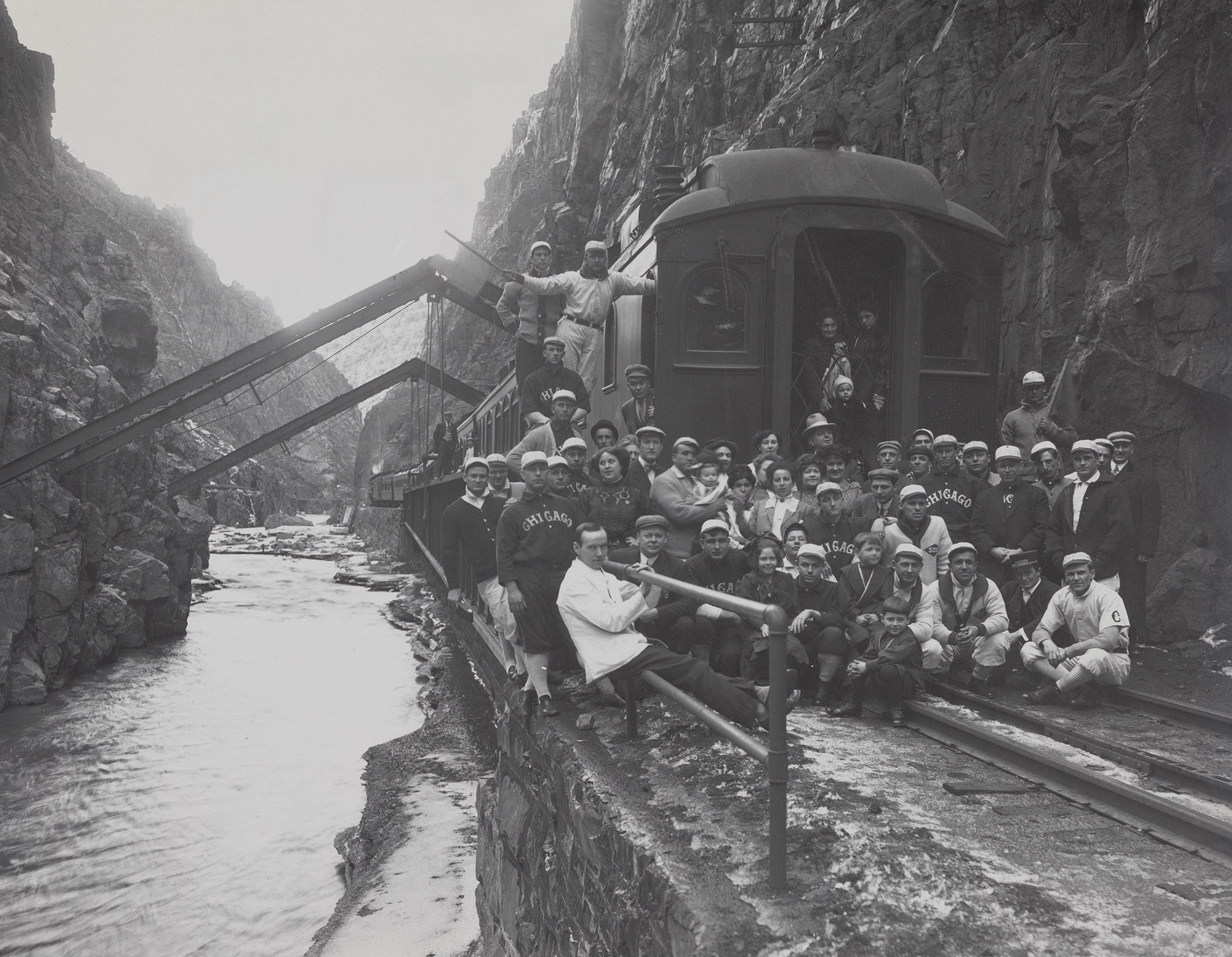- Home
- Our Stories
- #Shortstops: Wait ’til next year
#Shortstops: Wait ’til next year
Year after year, as sure as the seasons change and Opening Day arrives, Cooperstown breathes new life with visiting baseball fans.
The old, young, tall and small each channel a similar love of the game.
An older, white-bearded man steps up to the plate, places a left hand on Roy Campanella’s mask while his right arm – with umbrella in hand – begins to swing (perhaps instinctively) in front of him. He looks around suspiciously, and then raises his umbrella to his opposite shoulder and addresses the pitcher, Johnny Podres.
A few hours later, after the National Baseball Hall of Fame and Museum has closed but a glaze of sunlight still remains, a brother and sister, each no more than the age of nine, race to home plate for the chance to swing an imaginary bat first.
Interacting with arguably one of the most engaging artifacts in the Hall of Fame does not require the cost of admission. How much you enjoy it however, will likely depend on the amount of energy and imagination you choose to spend. Located on the southeast side of the building along the split-lane Fair Street is the Museum’s statue garden with four cast bronze statues by artist Stanley Bleifeld.
“Wait ’til next year!” they’d say.
The 1940’s and early-50’s-era Brooklyn Dodgers had reached the top of the standings regularly in the National League, leading them to seven World Series appearances from 1941-56.
Six resulted in losses, with all at the hands of their neighbors, the New York Yankees; and in 1951 they missed yet another chance at the tournament by one long ball later dubbed: The Shot Heard ’Round the World.
“Next year” finally came in 1955 when the Dodgers brought home a World Series Championship. A Brooklyn native and Dodgers fan, sculptor Bleifeld recounts the team’s long-awaited world championship of 1955 with life-sized renditions of the Game 7 battery of Podres and Campy. In the Hall of Fame statue garden, they reside facing one another at a regulation distance of 60 feet, 6 inches.
The representations of the two-man-team that entertained 35 batters and retired five on their own (four strikeouts and a first inning pop-up to Campanella), were donated to the Hall of Fame by Brooklyn restaurateur Sheldon Fireman.
These two statues, originally commissioned by Fireman for his restaurant, were donated to the Hall of Fame in 2001. Engraved on the home plate in front of Campanella in his crouch, Fireman’s testament reads, “May they put a smile on the faces of all the wonderful fans of baseball.”
Dani Dayton was the graphic designer at the National Baseball Hall of Fame and Museum


